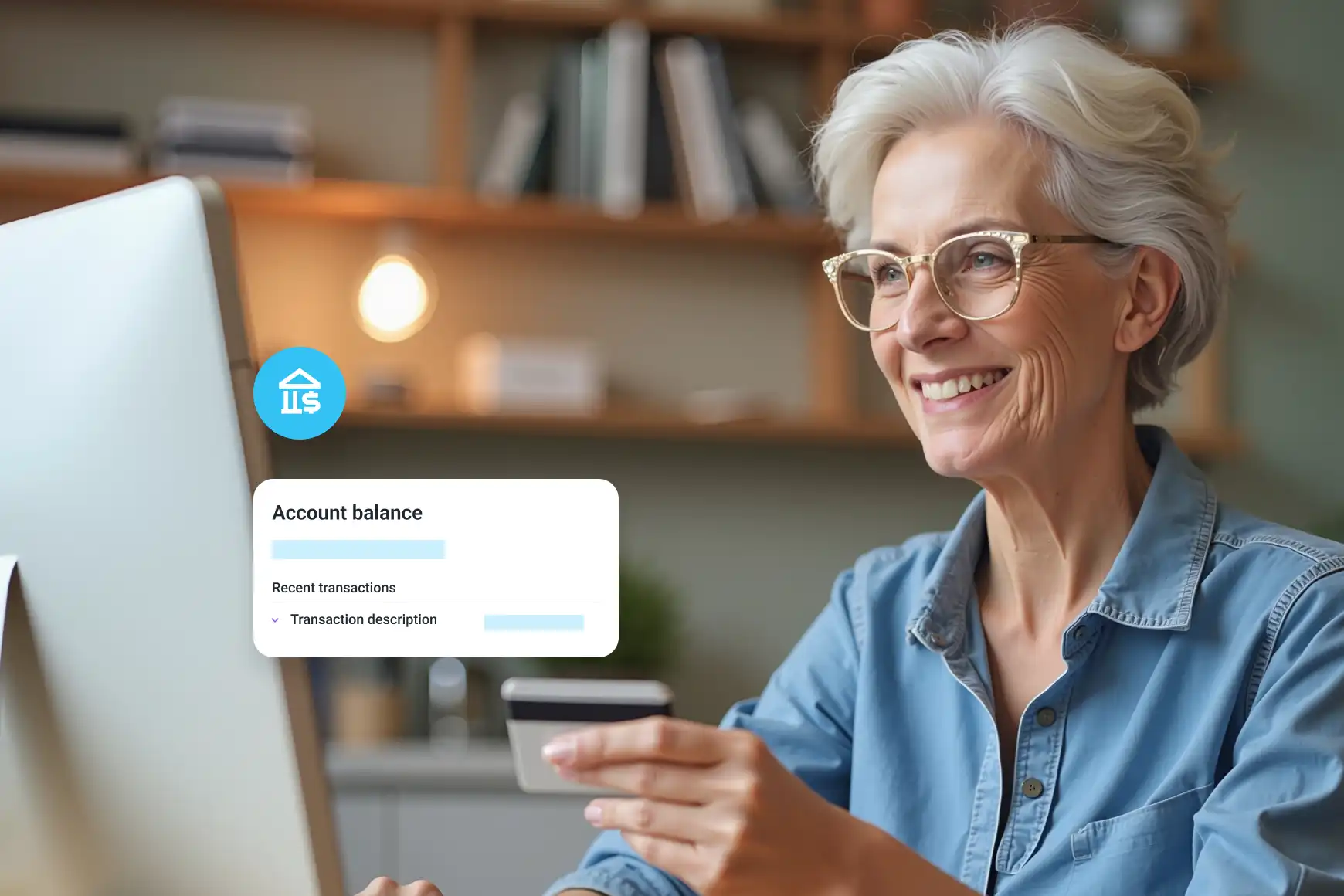Investing in Innovation: Inside the Mind of the Man Behind Salesforce Service Cloud

By Taylor Johnson
0 min read

This interview is with Mike Milburn, Chief Customer Officer of Service Cloud at Salesforce. This conversation originally appeared in Opentalk magazine.
You meet with customers all the time. When it comes to call centers and service centers what are people focusing on today compared to a decade ago?
To start off, I began as an architect with Salesforce, so ten years ago I was actually in the weeds — building, designing and implementing. I think the scope of what customers were looking to change back then was much different. Now we are seeing chief customer care officers and CEOs, chief excellence officers. We are seeing C-suite coming in and wanting to use service as a major differentiator — it is really becoming an executive focus to make service one of the key aspects to the business.
What do you think drives this change?
It’s all about the customer. Customers are switching services and switching brands rapidly. They are making buying decisions based on how well they are treated. Companies are responding to customer service because they want a market share and they want to stay alive.
Customer service is no longer a commodity, it’s a competitive differentiator.
You talked about having customer voice in the C-suite. Do you actually see it coming to the board level?
Absolutely. Our customers have new titles: They’re not just VPs of Service who manage the operations of call centers. We see innovation happening in service, and those officers have very senior titles and very broad responsibilities.
It seems that what you are describing happens mainly in the enterprise. Do you think it’s happening in midmarket and SMB?
I think it’s happening across all segments. It’s definitely happening in SMB, it’s happening in mid-market, it’s happening all around the world. Enterprise is bringing scale and sophistication with it. I travel to Japan, to Europe, and I see this innovation happening across all segments across the globe.
In the large enterprise they are now coming up with a person who has the title of Chief Customer Care Officer, or Chief Experience Officer. I think what’s interesting is that in SMBs, we are finding that it’s the CEO who is focused on customer care — and that’s how they are differentiating their company from the get-go.
What do you think has contributed to the shift toward customer service?
There’s billions of dollars in revenue, and there are customers at stake. In the Dreamforce presentation last year, we showed that customers are switching brands two thirds of the time if they are not happy — and the proof of that is in the fact that half of the Fortune 500 companies from ten years ago aren’t around anymore. Empires are rising and falling; the one consistency is the people who treat their customers well are the ones who are around. They are the ones doing the disrupting.
In the app world, if you don’t like the customer experience you have or you get bad service from that company, it’s a tap of the button for you to switch from one app to a competitive app. And that’s where the companies that haven’t focused on customer service have found their businesses eroding.
What are the KPIs that customers are focusing on today? What do people measure and use as a leading indicator of customer service?
We’ve been in the business for a long time. When you go to a contact center and you talk to a head of service or operations person, there’s a common vernacular that we use — average handle time, number of cases, transactions: There are typical and foundational nouns and verbs, but that’s an old way of measuring service. There’s an entirely new generation of metrics that is popping up, things like second call avoidance. Average speed to answer and average handle time are great, but what you really want to do is avoid a second interaction. Why should the customer have to call you back? Just fix it right the first time. That’s an example of these new metrics. We are also seeing handle time starting to go away. Many B2C companies use us and they want to talk to their customers, to find out what’s going on. So instead of minimizing the handle time and trying get them off the phone or get them off the interaction, they are listening to customers and finding out what’s going on in their lives and building relationships. So the metrics are changing very, very rapidly.
Ten years ago, most people thought voice was going to go away. Now it feels like it’s coming back.
More than two-thirds of the interactions are still voice. Voice is a very personal way to interact with somebody. You can express sentiment, you can express emotion, and I think with mobile phones it has become even easier. We are entering into a new era, where SMS messaging and Facebook Messenger are also creating very exciting channels. We have to continue to support the voice network, and that connection is super important. We are also seeing signs of this emerging new trend of omni-channel. It’s getting bigger. It’s Messaging with a capital M.
What are some of the good use cases you’ve heard around SMS and how it was effectively weaved into customer service?
I’ve got a personal story here: We use a transportation service when I travel, and when I got off the flight in Las Vegas the other day, the driver sent me an SMS. Because he had sent me an SMS the last time, there was a record of it. It was familiar, and he was easy to contact. I think the lines are blurring between the business phone and your personal phone to become just one channel, and it’s a very easy way to connect. We all send SMS and we extend this to our customer because it’s a very natural way to communicate.
What do you hear from customers about proactive service?
Another personal story: I arrived in a hotel in Melbourne, Australia. I am a member of their loyalty program, so they greet me, give me a room, and the first thing I do when I get into my room is get on the internet. But before I log on, there’s a whole registration process. Well, in this particular hotel, the system just said, “Thank you for being a member. You are online,” and I kind of paused. That’s incredible, I thought. I didn’t have to sign up for it. They knew I was a business traveler, they knew my profile and what I do, and they automatically gave me this proactive service to eliminate three or four steps. Those steps are relatively simple, but now it’s one less thing that I have to do. That’s an example that stood out for me. This is a motivated, service-led company, and they are striving to make the experiences easy for their consumers.
What successful and innovative strategies do you see in customer service, and what are the common mistakes?
I think agility is now more important than ever. Speed and agility to get up and running fast, get up and running easy, and to iterate on that is something that services never had. Number two is listening to your customer. When things don’t work it’s usually because people don’t focus on their customer, or when they try to recreate the existing system that they have without making customer-centric improvements. They have an existing system and they want to replace it with Salesforce, but they don’t take the time and the energy to focus on the customer. When they don’t design around the customer it usually does not end well.
What are the top two or three things customers see when they implement Service Cloud for the first time in terms of ROI?
Our customers see an increase in customer satisfaction, coupled with an increase in agent productivity. Another big thing is, our agents love our software. The call center folks live in their software all day. That’s what they do, so there’s a productivity side of it. Our agents get on-boarded faster, they love their product, we love their feedback, and they are very vocal. It’s something that we are proud of.

Agent productivity is a key to driving customer satisfaction. So what is the connection between an agent and a customer?
Happier agent, happier customer. We had a Fortune 100 company go from three months to on-board their agents down to three weeks when they implemented Service Cloud. The system was set up so that all the information was more easily accessible, and they weren’t searching through seventeen different systems anymore. They were able to have all of that accessible in one interface through our console, and it was set up how their agents are used to finding information. There was a newsfeed view for them to see what steps had been taken in the case, and it was easy for them to figure out how to start collaborating in trying to find those answers. Normally, they would be popping up over the walls and swiveling around in their chairs to ask people for help. Through successful cases like that we are able to see happier agents. We made them more productive, and that leads to customers being happier because their questions are being answered sooner and the right way the first time.
You visit customers all the time. What discoveries have you made from how they do things?
Intuit is one of our strongest partners, and they had an incredible tax season last year powered by SOS, which is our two-way video product. They embedded SOS inside of their mobile app, made Super Bowl commercials, and had an amazing launch. When they launched, a bunch of us went out and we spent a lot of time with them in the contact center. One of the first interactions that I saw was an Intuit agent taking an SOS session from a woman who was on a train in New York City. She was doing her taxes and asking for help. This reminded me that we are living in this incredibly changing world, where this generation of tax preparers isn’t sitting down at their dining room table with all of their materials and their W-2s and aligning everything like I did. They are doing mobile work from a train, and the expectation is that they have wireless connectivity and that they can get service anywhere. That has reset my expectation of what our mission is. We have to support those people from anywhere, anytime, anyplace.
Let’s talk about Talkdesk. We’ve partnered up over a year ago. What excites you about this partnership?
Well, I think Talkdesk is on the forefront of Unified Communications (UC), and you’re really helping transform UC’s relationship with CRM. You have built an incredible Lightning integration, so thank you very much for that. Talkdesk has taken advantage of our latest tools and technology and built this incredible UC that allows contact centers to excel and drive a lot more value for their customers. We thank you for the partnership immensely. You guys are very tight with our product team, and we respect the things that you tell us. You explain the things that we are doing well and the things we need to do better. The partnership has brought amazing innovation on that front. You are an incredible lens into customers, and we love it and we respect it. We bring mutual customer success.
To read more of Opentalk magazine, click the button below.
All of the Leading Customer Communication Experts in one Magazine. Get Your Free Copy Today.






